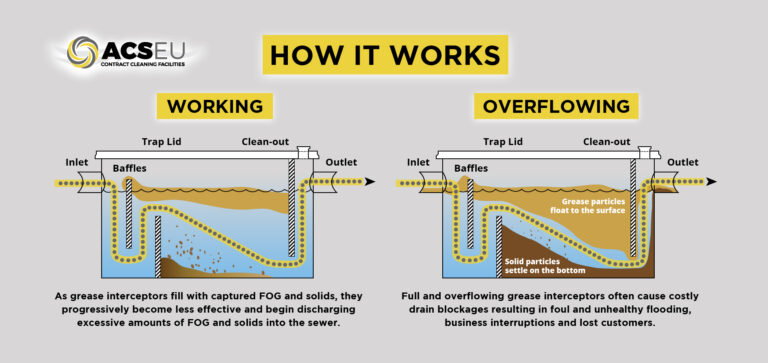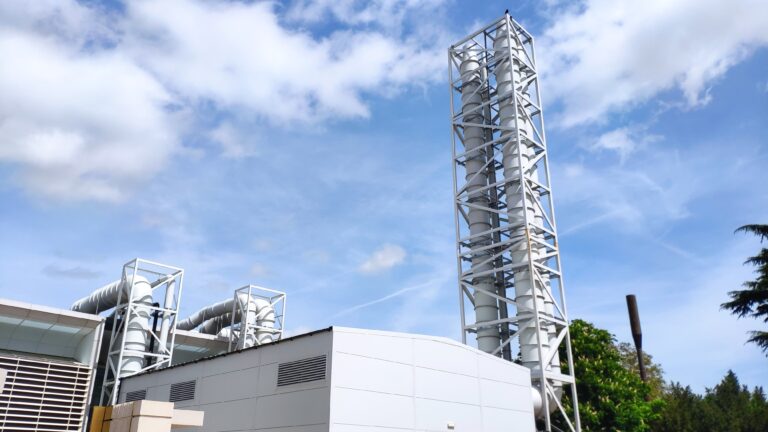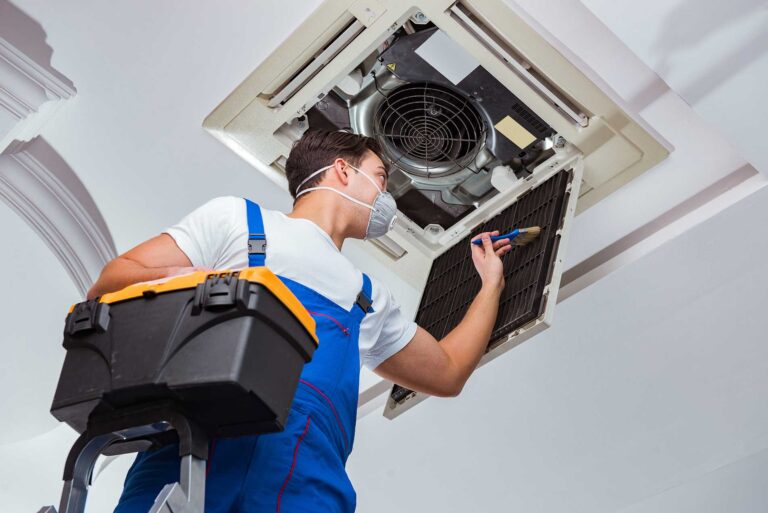Jon Hogg
Ductbusters
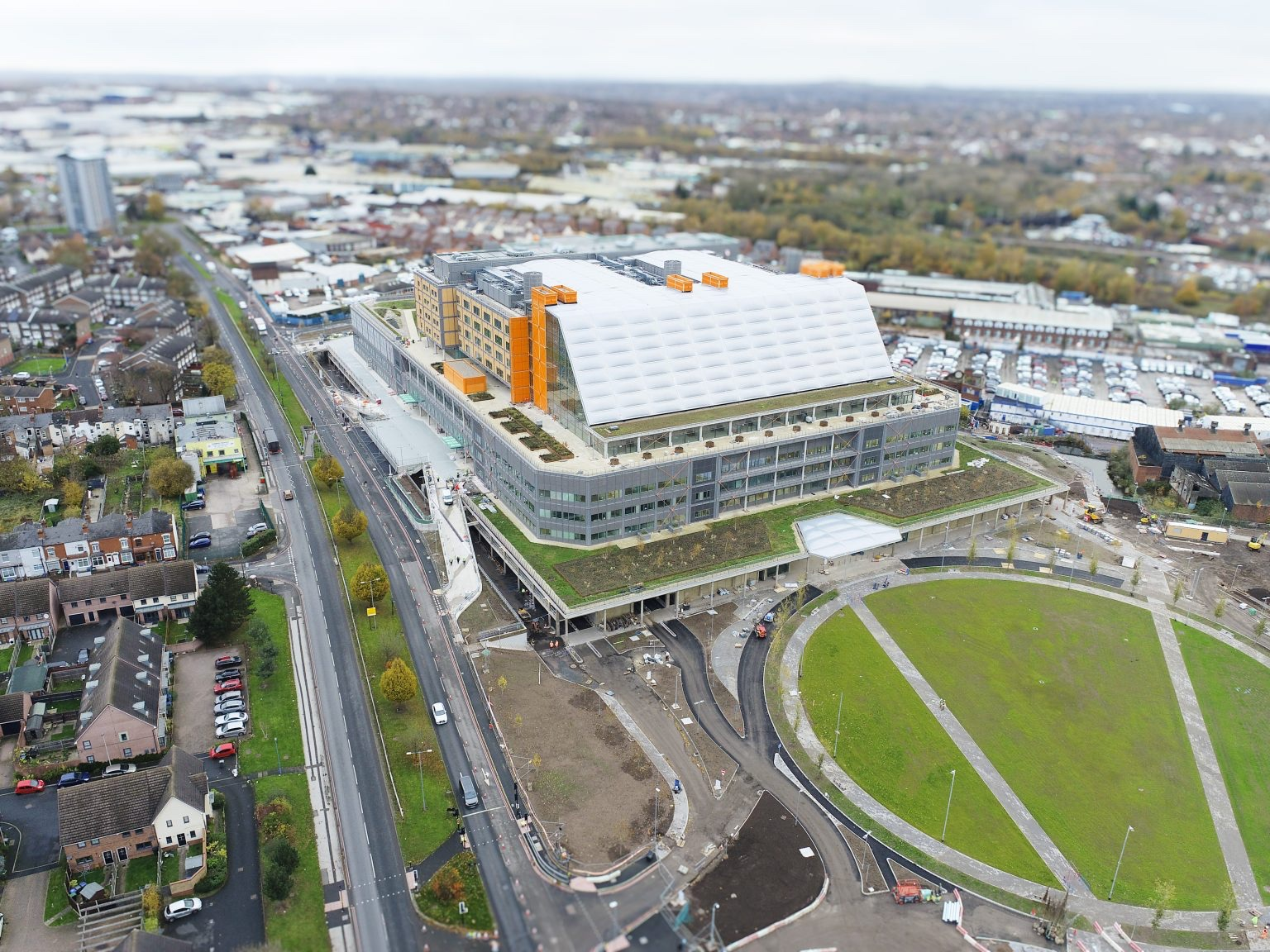
The critical role of ventilation hygiene in healthcare
Jon Hogg, Health & Safety Manager at Ductbusters, explains why air quality is one of the most critical factors in maintaining patient safety and infection control in healthcare environments and highlights key requirements set by HTM 03-01.
In healthcare settings, air quality is often taken for granted but is one of the most critical factors in maintaining patient safety and infection control. Ventilation systems play a crucial role in managing air quality by controlling airflow, temperature, and humidity and by filtering out airborne contaminants. If not properly maintained, these systems can become sources of harmful microorganisms, dust, and allergens, contributing to the spread of infections and other health risks.
Ensuring clean, efficient ventilation systems is a requirement set out in the UK’s Health Technical Memorandum 03-01 (HTM 03-01). This provides comprehensive guidance on the design, installation, operation, and maintenance of specialised ventilation systems in healthcare facilities.
Adherence to HTM 03-01 is an essential practice for maintaining a safe and controlled healthcare environment. The key requirements of HTM 01-01, good ventilation hygiene practice and effective maintenance regimes like planned preventative maintenance (PPM), combined with standards like BESA TR19, ensure clean air delivery in healthcare settings.
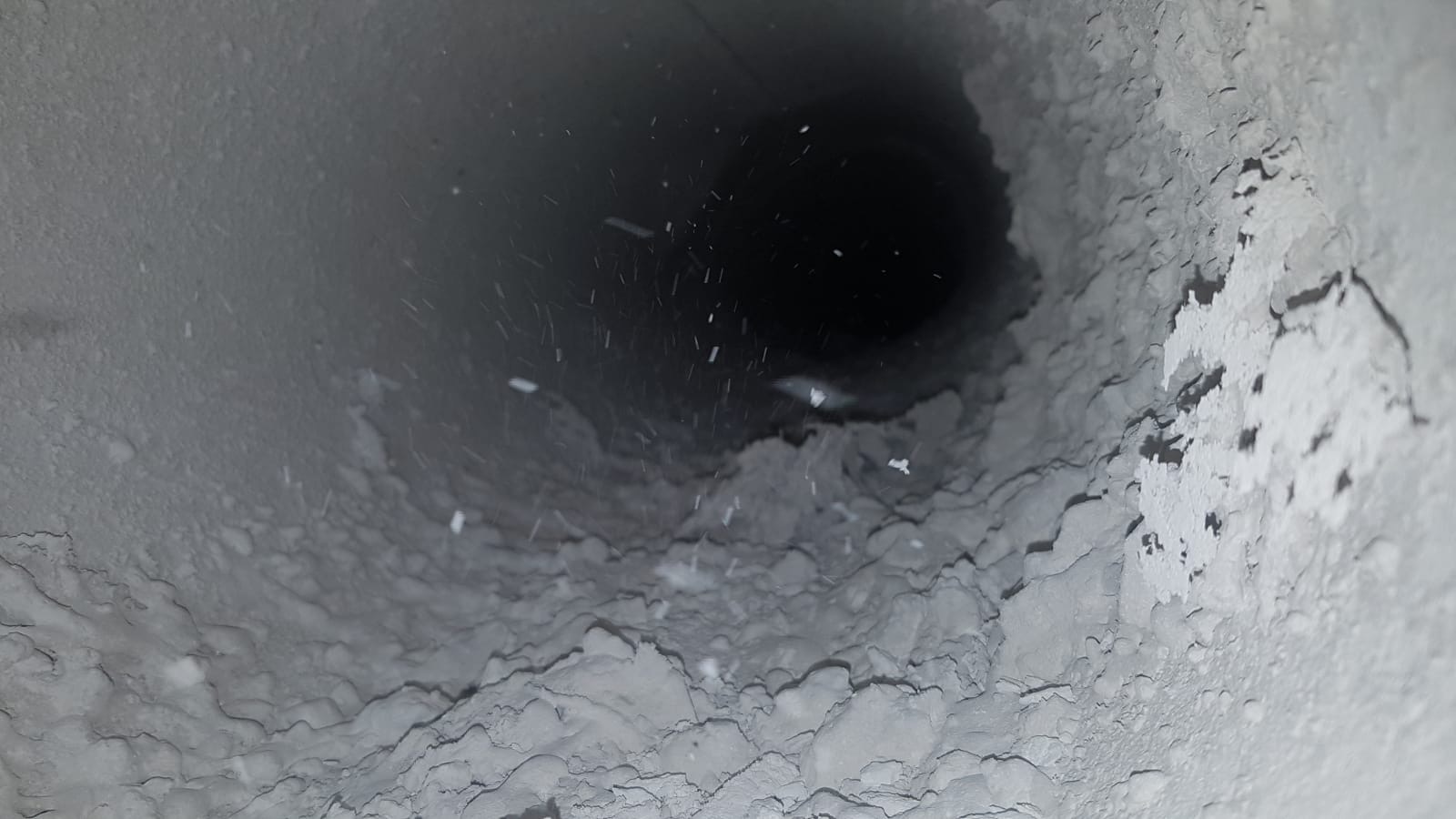
HTM 03-01 establishes a framework for the safe and effective management of ventilation systems, addressing various factors such as air quality, system performance, and contamination control. It is specifically tailored to healthcare environments where the risk of airborne transmission of infections is high, and where poorly maintained systems can exacerbate health problems or lead to system inefficiencies.
Key Components of HTM 03-01:
Design and installation: HTM 03-01 specifies the minimum design requirements for ventilation systems in healthcare, including airflow rates, filter grades, and pressure controls. For instance, operating theaters and isolation rooms require specialised ventilation designs to maintain sterile or controlled environments.
Filtration standards: Different areas within a healthcare facility require varying levels of filtration. HTM 03-01 mandates the use of high-efficiency particulate air (HEPA) filters in critical areas to capture bacteria and viruses, while other spaces may use less stringent filtration.
Air quality monitoring and control: Regular monitoring of air quality, temperature, and humidity is essential to ensure compliance. HTM 03-01 recommends specific testing and validation protocols to verify that ventilation systems meet the required performance criteria.
Routine maintenance and cleaning: Maintenance schedules, including the frequency of inspections and component replacements, are detailed within HTM 03-01. This includes routine filter changes and regular inspections of ductwork, fans, and air handling units (AHUs).
Maintaining compliance: Planned Preventative Maintenance (PPM)
While HTM 03-01 provides guidelines, maintaining compliance is an ongoing process that requires a structured planned preventative maintenance (PPM) regime. PPM involves regular inspections, servicing, and component replacements based on predefined schedules to ensure that the system continues to operate efficiently and safely.
It’s not just a matter of compliance — it’s about maintaining system integrity, minimising the risk of contamination, and extending the lifespan of critical ventilation equipment.
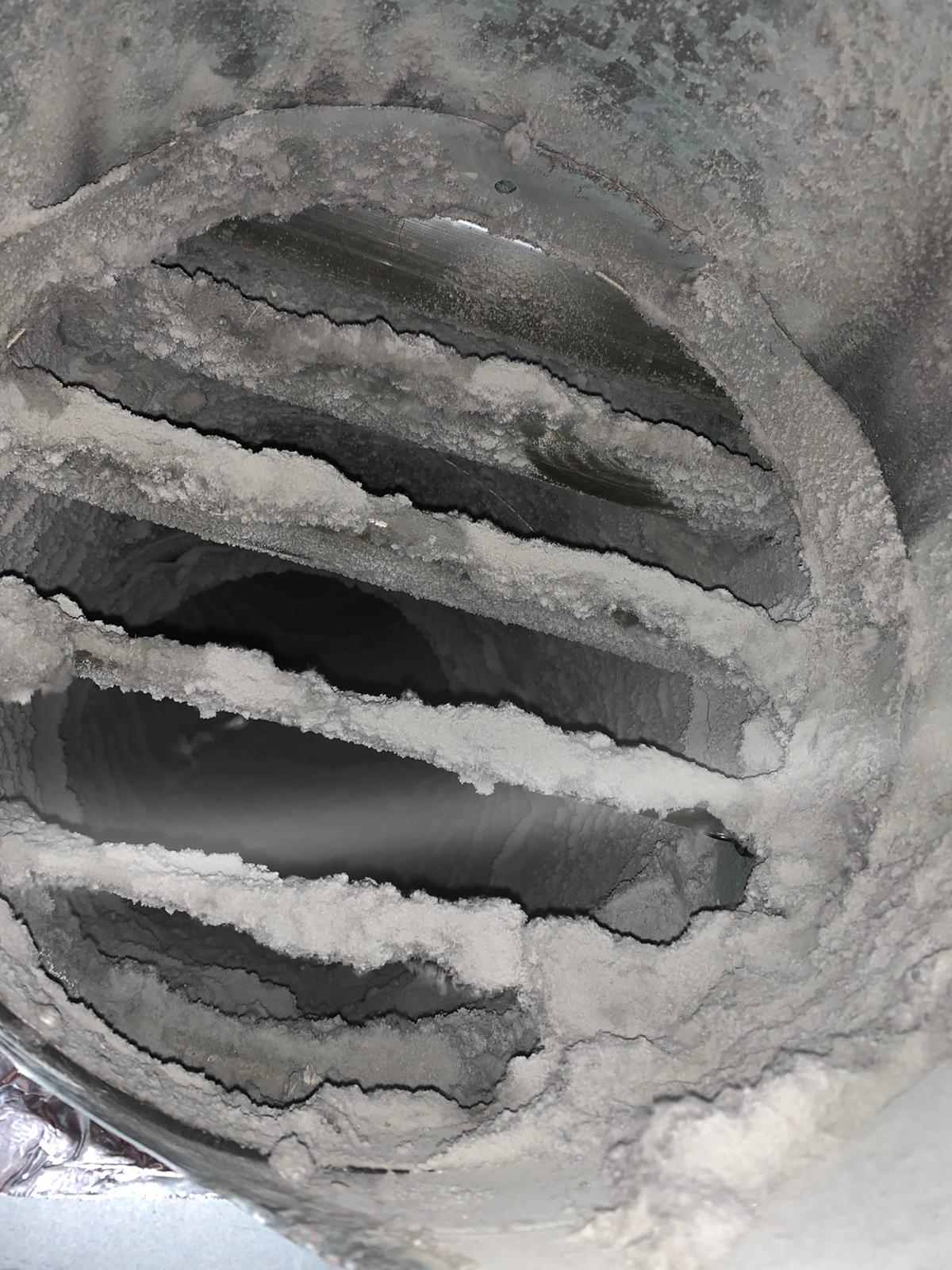
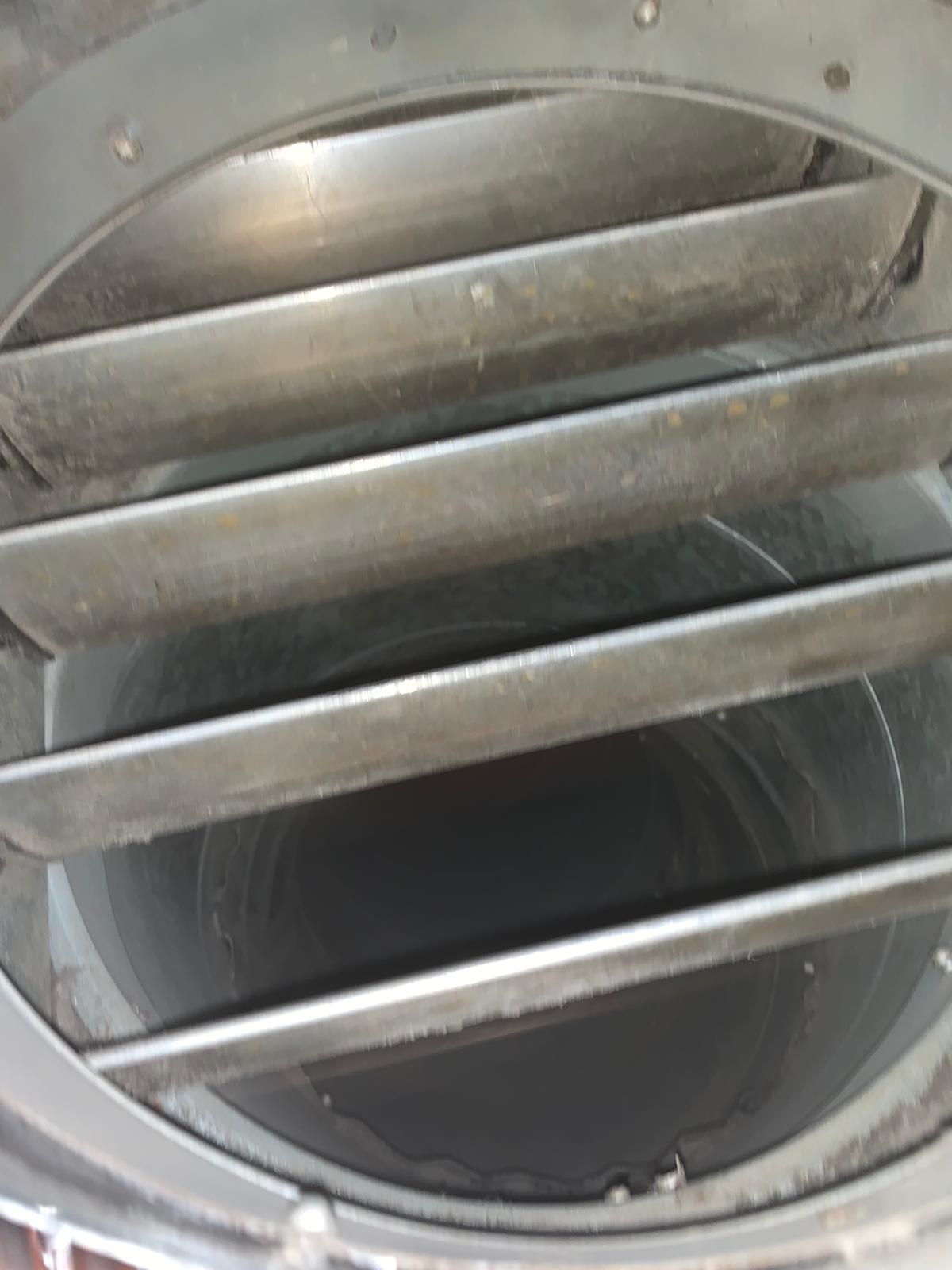
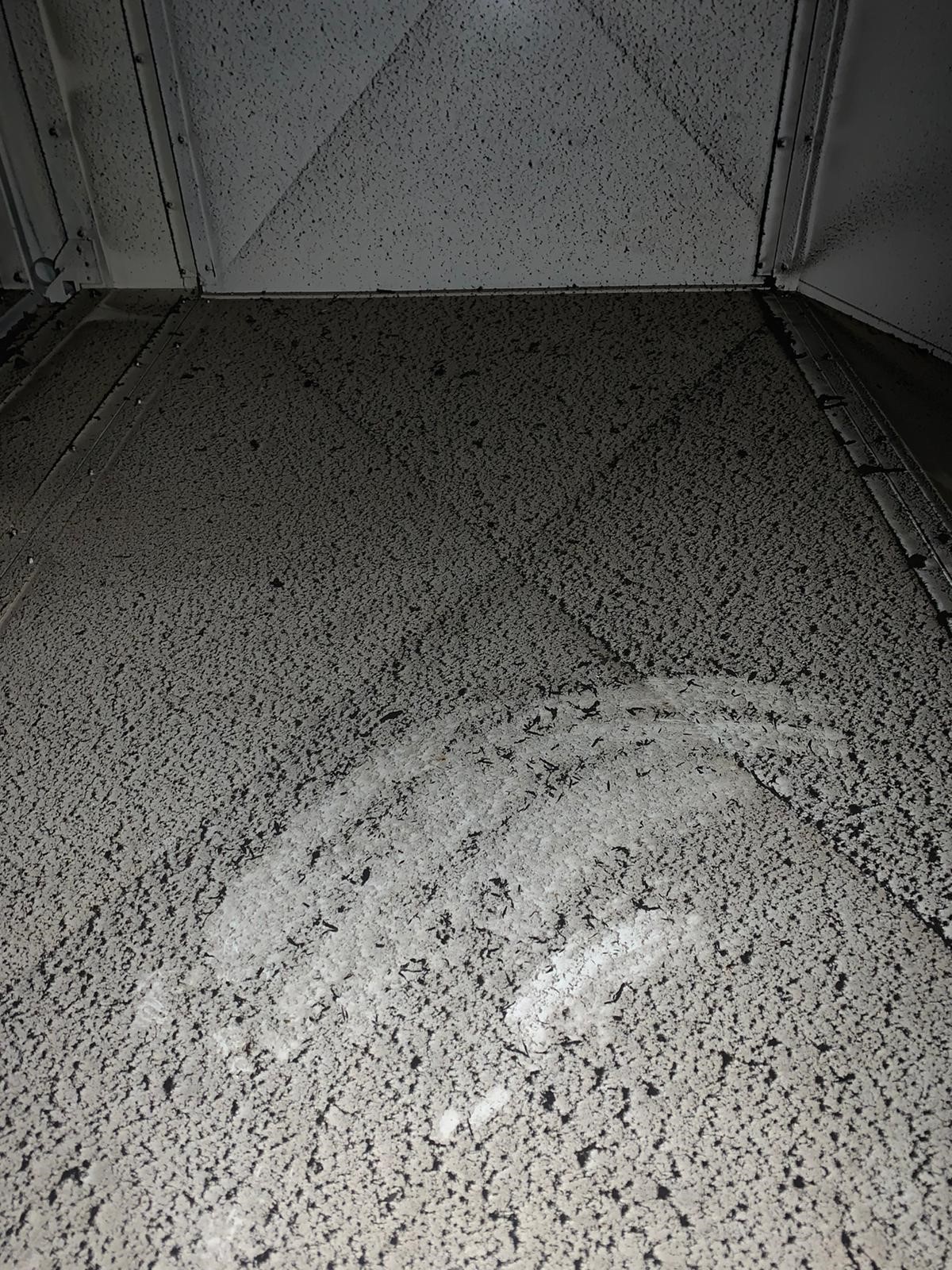
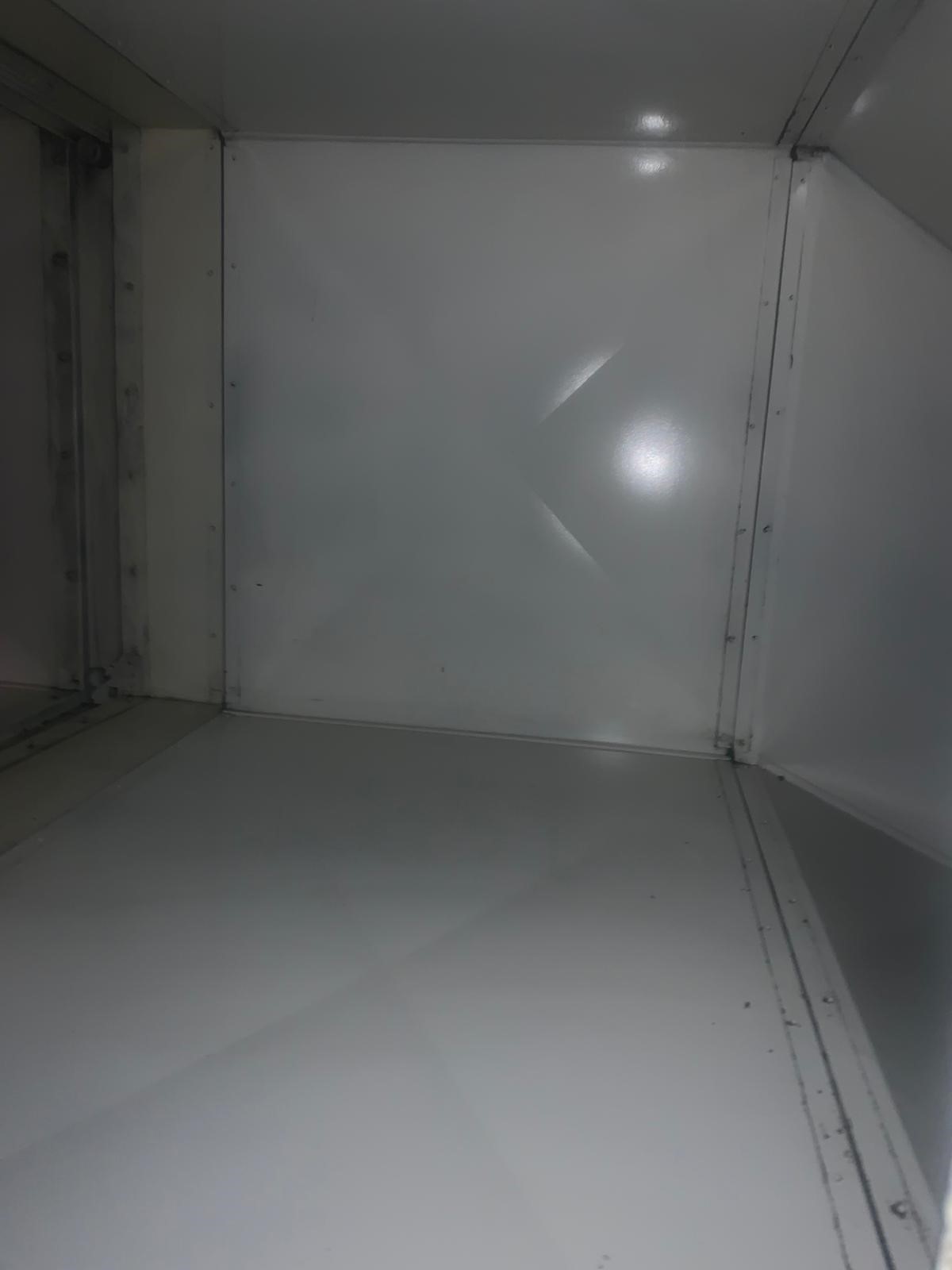
Essential components of an effective PPM regime
Regular inspections: Visual and technical inspections of the ventilation system identify any signs of wear, damage, or contamination. Inspections should cover all key areas, including air intake points, ductwork, filters, and AHUs.
Filter replacements: Filters must be replaced or cleaned according to the manufacturer’s recommendations and in line with HTM 03-01 requirements. In critical environments, HEPA filters must be regularly tested and replaced to maintain air purity.
Air handling unit (AHU) maintenance: AHUs are central to the operation of any ventilation system. Regular checks should ensure that all AHU components, such as coils, fans, and dampers, are functioning correctly and that no contaminants are present.
Duct cleaning and inspections: Ductwork can accumulate dust, debris, and microbial contamination over time. HTM 03-01 emphasizes the need for periodic duct cleaning and inspections. The BESA TR19 standard provides specific guidance on the inspection and cleaning of ventilation systems, ensuring that they are free from contaminants that could affect air quality.
BESA TR19 and ventilation system cleanliness
The BESA TR19 Air publication is widely recognised as the industry benchmark for ventilation system cleanliness. TR19 outlines best practices for the regular cleaning and inspection of ventilation systems, focusing on maintaining clean ductwork to prevent the accumulation of dust and bacteria. TR19 compliance is crucial in healthcare settings, where air quality is directly linked to patient safety.
Key elements of BESA TR19:
Duct cleanliness verification: TR19 provides guidelines on how to inspect and verify the cleanliness of ventilation ductwork, using measurements of surface contamination to determine if cleaning is required.
Cleaning procedures: TR19 outlines specific cleaning methods for different types of ductwork and ventilation components, ensuring that contaminants are effectively removed without damaging the system.
Documentation and compliance: TR19 emphasizes the importance of documenting all cleaning and inspection activities to demonstrate compliance and support ongoing maintenance planning.
By adhering to the standards set out in TR19, healthcare facilities can ensure that their ventilation systems meet HTM 03-01 cleanliness requirements, thereby minimizing health risks associated with airborne contaminants.
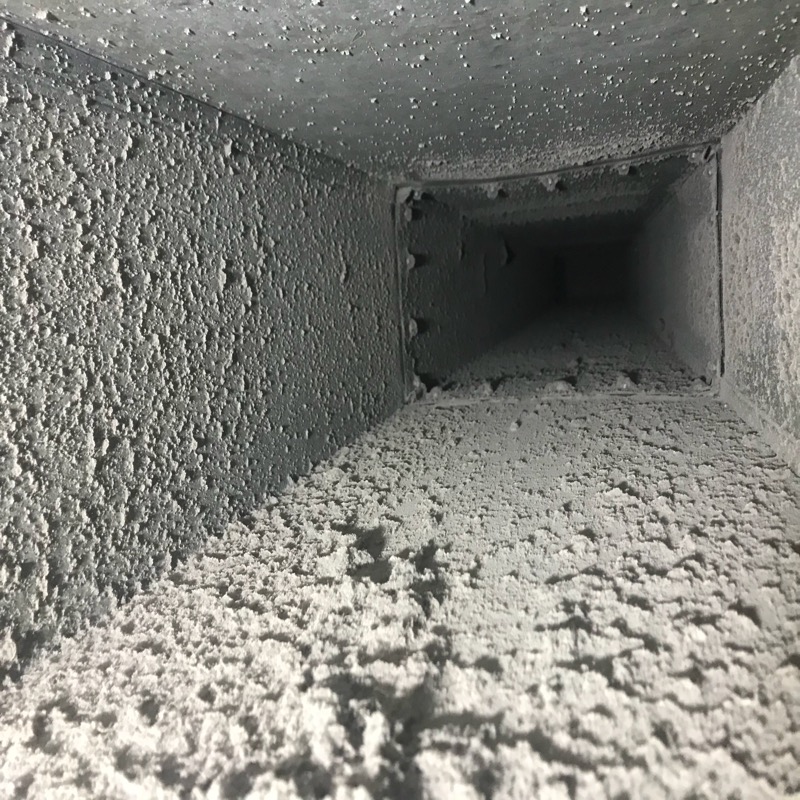
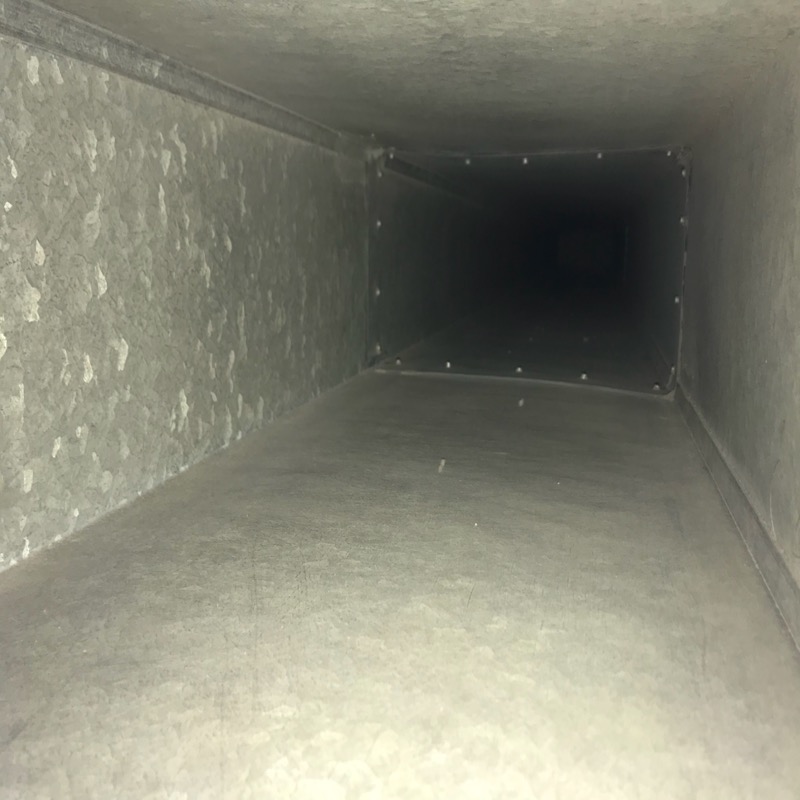
Benefits of regular duct and AHU maintenance
Maintaining clean air ducts and AHUs is not only a regulatory requirement but also a key factor in ensuring the overall efficiency and effectiveness of a ventilation system. Benefits include:
Reduced risk of contamination: Regular cleaning and maintenance reduce the buildup of contaminants, minimizing the risk of airborne infections in healthcare facilities.
Improved system performance: Clean ducts and properly functioning AHUs ensure optimal airflow and temperature control, contributing to a comfortable and safe environment for patients and staff.
Energy efficiency: Well-maintained systems operate more efficiently, consuming less energy and reducing operational costs.
Extended equipment lifespan: Proactive maintenance helps prevent premature wear and damage, extending the lifespan of critical components such as AHUs and filtration systems.
In healthcare, where the stakes are highest, maintaining clean air isn’t just a best practice — it’s a necessity.
HTM 03-01 and BESA TR19 set the standards for ventilation system design, maintenance, and cleanliness, ensuring that healthcare facilities provide safe, controlled environments for patients and staff.
By implementing a robust planned preventative maintenance regime, incorporating regular inspections, filter replacements, duct cleaning, and AHU servicing, healthcare facilities can achieve compliance, promote patient safety, and improve overall air quality.
Effective ventilation hygiene is not just about meeting standards — it’s about safeguarding health and well-being in critical care environments.

